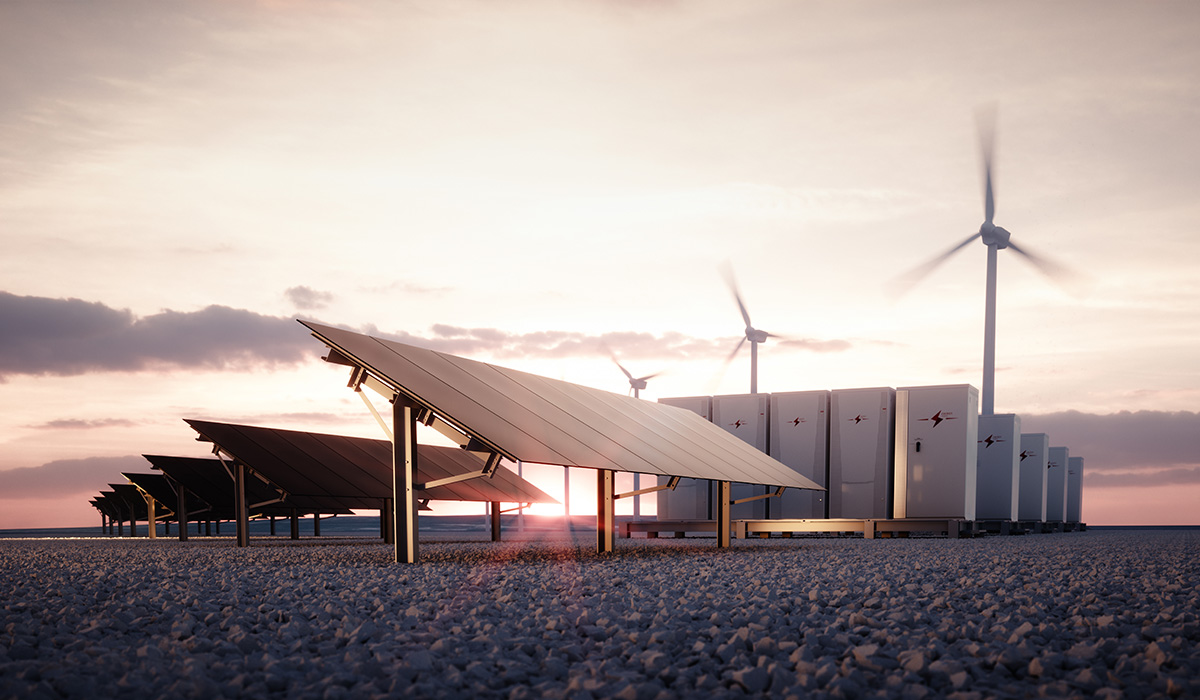

We almost double the working life of the batteries for vehicles and thereby greatly increase the value created from the resources already embedded in them.
The round welcomes Low Carbon Innovation Fund 2 alongside existing investors ENGIE New Ventures, Sumitomo and Macquarie, among others. It is also matched by R&D grant from Innovate UK as part of the ENGIE and UKRI Clean Growth Innovation Fund.
Based in the United Kingdom, Connected Energy uses electric vehicle batteries, at the end of their in-car first life, to create energy storage systems. These combine as many batteries as are needed for tailor-made solutions with capacity ranging from less than 100 kilowatt hours up to 15 megawatt hours or more. Connected Energy’s E-STOR, a stationary energy storage technology that extends the life of electric vehicle batteries by 5-10 years, is deployed whenever flexible, modular and short or longer-term electricity storage systems are needed.
With E-STOR commercial scale energy storage systems, end users can generate new revenues, save energy costs and make better use of renewable energy generation. The aggregated battery systems can help stabilize the existing electricity grid or be used to build autonomous mini-grids. At construction sites, which require high levels of power for short periods, they compare favorably to generator systems whose use is limited by emissions restrictions and noise regulations.
“We almost double the working life of the batteries for vehicles and thereby greatly increase the value created from the resources already embedded in them. Our objective is to provide our end-customers with bankable energy storage systems and our battery supply partners with reliable routes to market for their second-life batteries,” said Matthew Lumsden, CEO of Connected Energy. “With this additional investment we aim to capitalize on our system data to further optimize our technology and continue to scale up our development plans.”
“One of the energy sector’s biggest challenge is to able to store large capacities of electricity as intermittent renewable energy generation becomes more widespread. Connected Energy offers ingenious solutions to answer this need while offering a second life to electric vehicle batteries. Its approach provides a strategic fit with ENGIE’s ambition to accelerate the transition towards a carbon-neutral world. Our investment in Connected Energy is a key example of developments in our distributed energy management business like Zero Emissions Services (ZES) in The Netherlands and other projects in Belgium,” underlines Johann Boukhors, Managing Director at ENGIE New Ventures.
“Investing in British innovators with solutions for the transition to a clean economy and achieving net zero by 2050 is of paramount importance as we aim to build back better from recent challenging times. It is great to see this first investment through the clean growth investor partnership come to fruition, and we are looking forward to this being the first of many investments that brings together SME innovations, private finance into those businesses, and government funding to enable de-risking of the technology with sustainable outcomes,” underlines Christian Inglis, Head of Urban Systems at Innovate UK
Connected Energy currently has systems operating in the UK, the Netherlands, Belgium and Germany and is pursuing opportunities in other European countries as well as Japan, the United States and elsewhere.